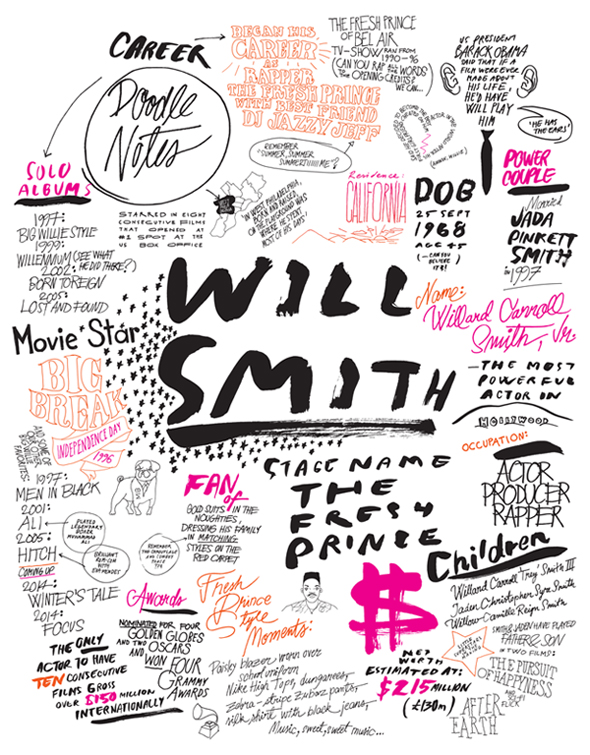Finnish illustrator Linda Linko mixes hand painted typography, collage and a rough and ready artistic style to create unique designs that blur the lines between illustration, art and design. With a client base including Adidas, ELLE magazine and Universal Music, we wanted to know how Linda manages to combine the three (sometimes very separate) worlds so effortlessly.
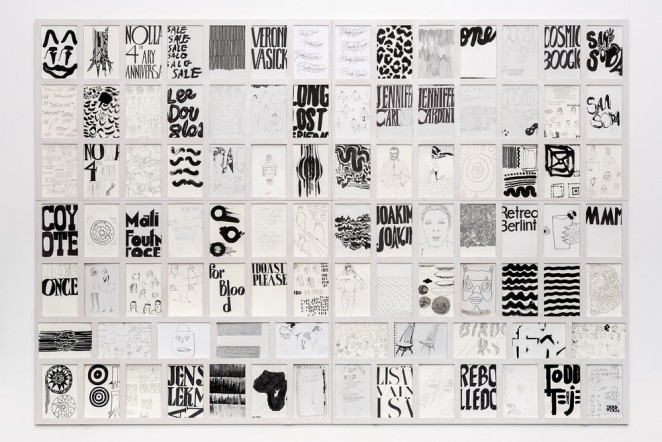
Hey Linda! Tell us a bit about yourself...
I am a 37 year old Helsinki-based illustrator and designer working on my own. I studied at Helsinki University of Art and Design and after finishing I had a five year mini-career working in design agencies such as Taivas Design and Kokoro & Moi as an art director and designer. I was really into design and branding after school, because there was so much to that needed to be done in that field in Finland at the time. It felt like I was sitting in the driving seat.

What was it like moving from agencies to working alone?
As a visual person I have always been more interested in doing and making things rather than sitting in meetings and talking about planning or selling. So, in 2009 I had already started my own business after I realised working in an office was not really my thing. But it took about a year for me to build up the courage to quit my job at Kokoro & Moi (as well as a couple of holidays and soul searching trips!)
At first my clients were mostly small, from the art, music and restaurant industries. As time went by, my work began to focus more on illustration and art and now I mix art exhibitions with commercial work.
The way I see it, working for agencies has been a really big plus in my life. I have had to look at work from many different angles. Without my mini-career in design, I think I would be a starving artist.

So how do you work on minimising the gap between design, illustration and art now?
At first I wasn't even sure if I should. But I had been doing illustration on the side since university and I still had all the knowledge and connections from the design world so I started to do both. I combined all of my skills and created company identities by hand including all the logos, visual elements and even the fonts. My idea was to confuse the lines between design, art and illustration so that logos, etc fitted into all three categories.

Tell us about your restaurant identity project for Pastor Drink & Dine
The Pastor Drink & Dine project is one of my favorites. Restaurant identities are fun because the process is relatively short but very intensive and the client is open to all sorts of ideas. You don't necessarily need to think about what will last ten years or have longevity. When designing Pastor, I pretty much got to do what I wanted. I had the basic identity figured out early on and so whilst they were building the restaurant, I was drawing funny pictures to go on the coasters, finding old book covers to turn into menus and hand painting tiles with the interior designer.
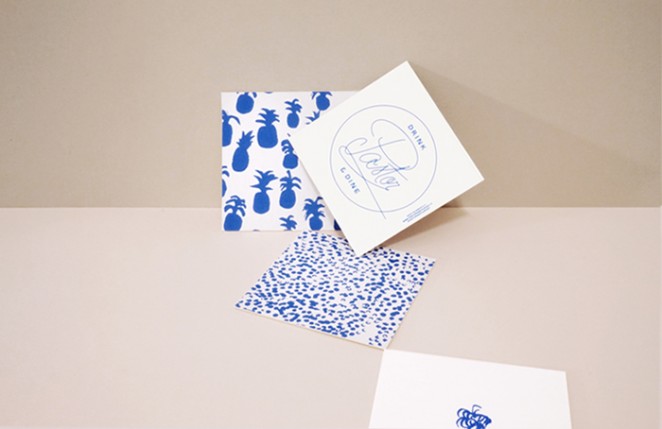
Tell us a bit more about your relationship with imperfections and a sense of incompleteness
I don't like overdoing my work. I spend a lot of time tweaking details, but the overall look should not be perfect, I just find it too boring. Maybe it's because I like it to look as though a person has made it. It's ironic, but it actually takes more time to make to make something look and feel imperfect.
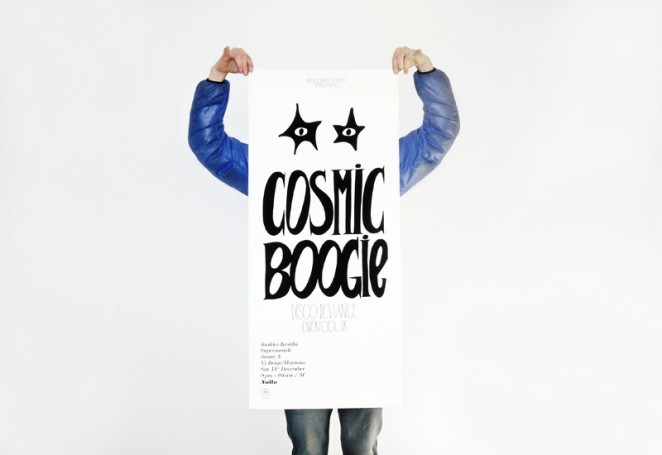
What role does humour play in your work?
People say I have inherited my sense of humour from my mom (who's also an illustrator). I try not to analyse it too much as I think design in general is far too serious. A good example of it in my work though is my poster series for Club Nolla's house music nights. House music’s visual world is quite generic and corny and I wanted to make posters that communicated with everyone. A few weeks ago an old 90-year-old lady called me wanting to order three framed posters for her wall. I felt like I’d reached my goal!
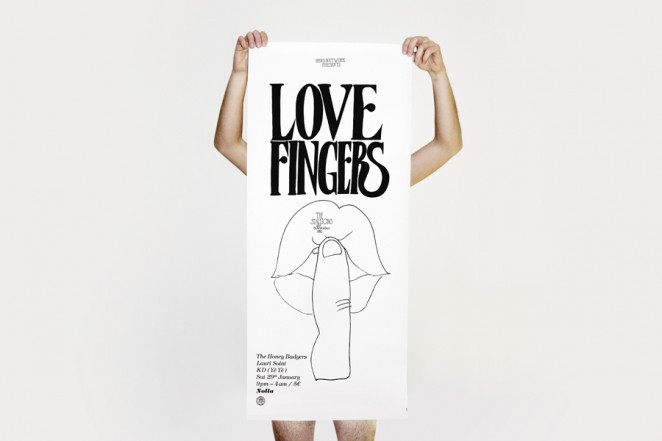
What’s your perfect working environment?
A big painting studio. I am so focused when working that I don't really need a bunch of people or even music around me.
What are the most important influences in your work?
My childhood growing up in the 1980's, my mom and Polish posters my father smuggled way back in the 1960's. Also; art, films, vacations, sport, lack of time and my one-year-old boy.
